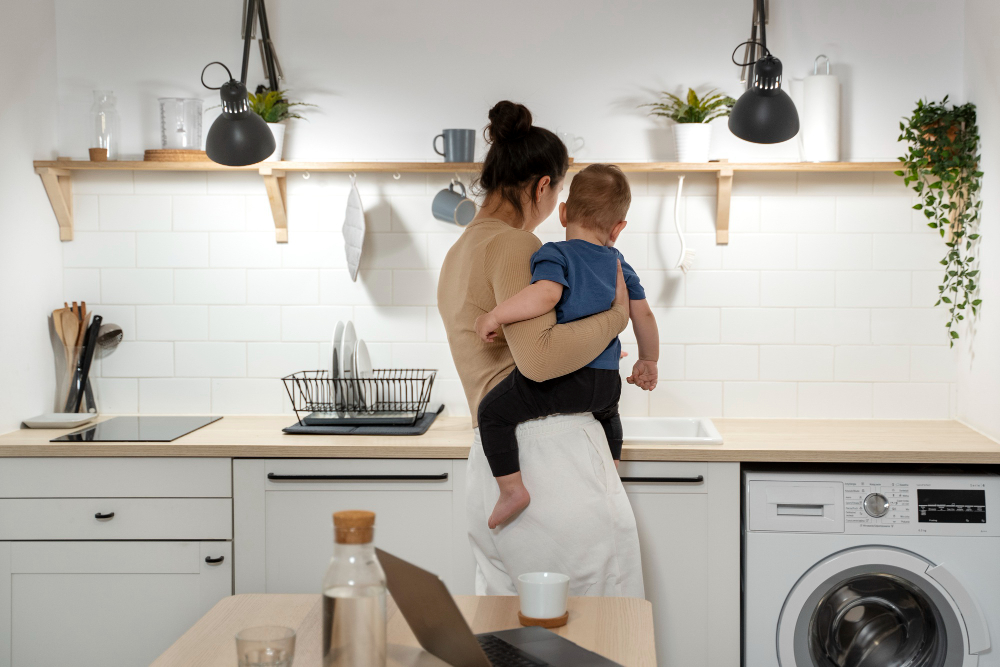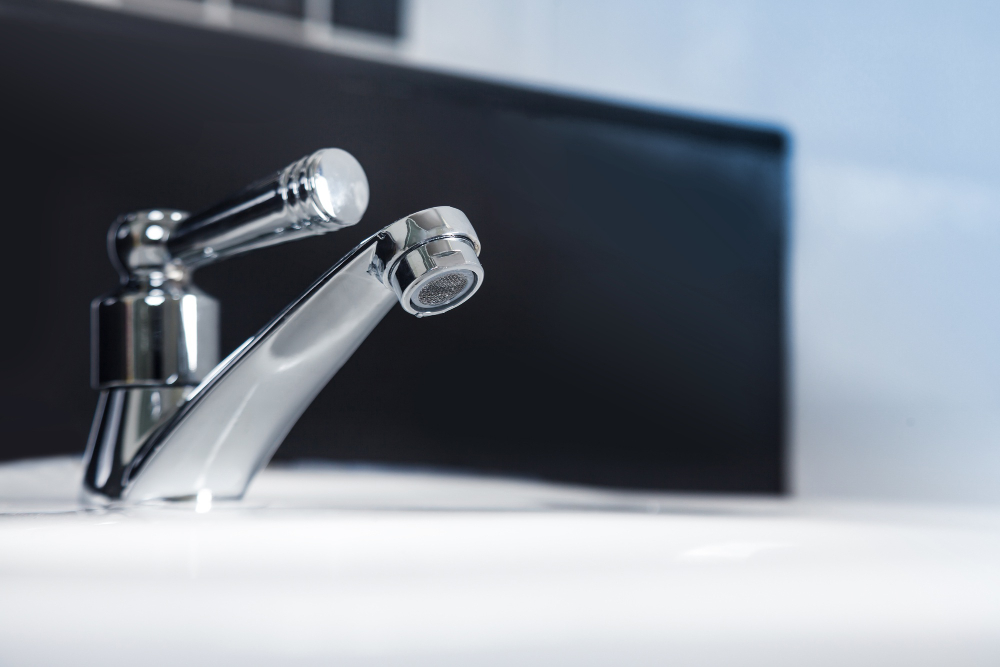Last updated on
In today’s world, sustainability is more than just a trend – it’s a necessity. As homeowners, we have a unique opportunity to make a tangible difference by incorporating sustainable practices into our living spaces.
This guide will explore a variety of ideas that not only enhance the aesthetics and functionality of your house but also contribute to a greener, healthier planet. From energy-efficient appliances to water-saving fixtures, let’s delve into how you can transform your dwelling into a shining beacon of sustainability.
Energy-efficient Appliances

Energy-efficient appliances are a fantastic way to reduce your home’s environmental footprint. These devices, including refrigerators, washing machines, and dishwashers, use less electricity, lowering carbon emissions and saving you money on utility bills. Furthermore, they often outperform their less-efficient counterparts, offering better performance and extended lifespan.
Not only do these appliances reduce energy usage, but they also promote a healthier living environment. For instance, energy-efficient air conditioners filter air more effectively, improving indoor air quality and contributing to a healthier home atmosphere.
When shopping for energy-efficient appliances, look for the Energy Star label. This certification ensures that the appliance meets strict energy efficiency guidelines set by the U.S. Environmental Protection Agency and the Department of Energy.
Roof Solar Power
Harnessing the power of the sun is another excellent way to make your home more sustainable. Solar panels convert sunlight into electricity, providing a clean, renewable source of power for your home. They can be installed on your roof, making the most of unused space.
Solar power can also have significant financial benefits. Although there is an initial investment to install the solar panels, the savings on your electricity bill over time can make it a cost-effective choice. In some regions, you might even be able to sell excess power back to the grid.
Your roof’s orientation and angle play a significant role in the effectiveness of solar panels, so consult with a professional before making any decisions. You may also need to check local regulations and obtain permits for installation. Make sure that any emergency roof repairs are completed before installing the panels. Also, consider the potential impact on your homeowner’s insurance and property taxes.
Water-saving Fixtures

Water is a precious resource, and as homeowners, we have a responsibility to conserve it. Installing water-saving fixtures in your home is a simple yet effective way to reduce water consumption. Devices such as low-flow showerheads and dual-flush toilets can drastically cut your household water use.
In addition to conserving water, these fixtures can also save you money. By using less water for showers, toilets, and faucets, your monthly water bill can be significantly reduced. This means that over time, the money you save can offset the initial cost of the fixtures.
Moreover, water-saving fixtures can be stylish and modern, enhancing the aesthetics of your bathroom and kitchen. There are numerous designs and finishes to choose from, allowing you to match the fixtures to your home’s decor.
So not only are you being environmentally responsible, but you’re also adding value to your house. Additionally, fixing any leaks promptly can also help conserve water and prevent costly repairs in the future.
Indoor Plants
Indoor plants enhance the sustainability of your home in several ways. They act as natural air purifiers, absorbing carbon dioxide and releasing oxygen into your living space. Furthermore, indoor plants can filter out harmful toxins in the air, improving indoor air quality and contributing to a healthier living environment.
Certain plants, such as the Peace Lily and Snake Plant, are particularly effective at this. In addition to these environmental benefits, indoor plants can also enhance the aesthetic appeal of your home.
Their vibrant hues and diverse shapes add a touch of nature to your interior design, creating a calming and welcoming ambiance. To maximize the benefits of indoor plants, ensure they receive the proper amount of sunlight and water, and consider their needs when deciding where to place them in your home. Remember, different plants require different care, so research each plant’s needs before purchasing.
Embracing sustainability in your home is a win-win – not only do you contribute to the betterment of the environment, but you also enhance the comfort, aesthetic, and cost-efficiency of your living space. By adopting energy-efficient appliances and solar power, we can significantly reduce our carbon footprint and save on utility bills.
Equally, water-saving fixtures and indoor plants offer a combination of aesthetic appeal and functional benefits, fostering a healthy living environment while conserving essential resources.
The path to sustainability offers endless opportunities for innovation and improvement, transforming our homes into nurturing, eco-friendly havens. Let’s seize this opportunity and play our part in nurturing our planet for future generations.
Table of Contents




